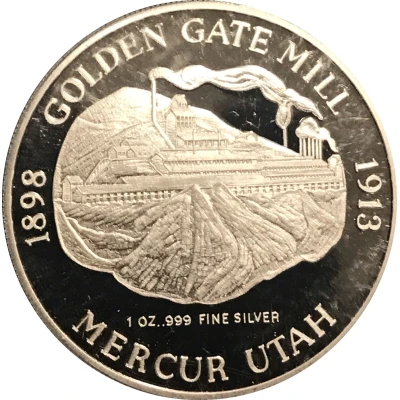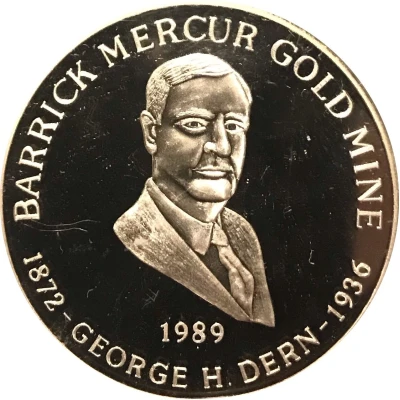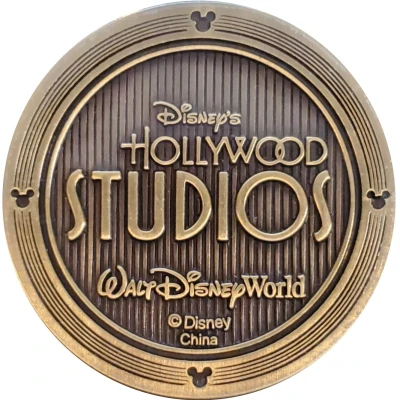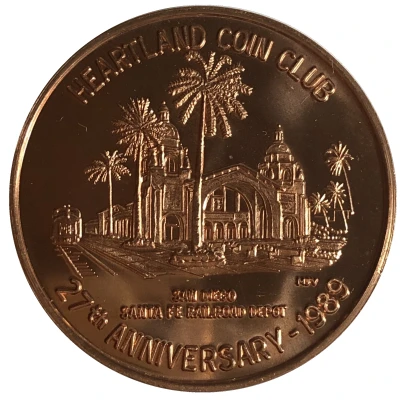


Medal - Golden Gate Mill Barrick Mercur Gold Mine
1989 year| Silver (.999) | 31.103 g | 39 mm |
| Location | United States |
|---|---|
| Type | Commemorative medals › Company, institution and association medals |
| Year | 1989 |
| Composition | Silver (.999) |
| Weight | 31.103 g |
| Diameter | 39 mm |
| Shape | Round |
| Technique | Milled |
| Orientation | Medal alignment ↑↑ |
| Updated | 2024-11-13 |
| Numista | N#326929 |
|---|---|
| Rarity index | 95% |
Reverse
Bust of businessman and politician George H. Dern
Script: Latin
Lettering:
BARRICK MERCUR GOLD MINE
1989
1872 - GEORGE H. DERN - 1936
Edge
Milled
Comment
Mercur is a historical hard rock mining ghost town in Tooele County, Utah, United States. In 1891, it became the site of the first successful use of the cyanide process of gold extraction in the United States, the dominant metallurgy today. Its elevation above sea level is approximately 2,042 m. The nearby Mercur Gold Mine was re-opened by Barrick Gold in 1985, with mining operations again coming to an end in 1997.
George Henry Dern (1872–1936) was an American politician, mining man, and businessman. He is probably best remembered for co-inventing the Holt–Dern ore roasting process, as well as for his tenure as United States Secretary of War from 1933 to his death in 1936. He also served as the sixth Governor of Utah for eight years, from 1925 to 1933. Dern was a progressive politician who fought for tax reform, public education, and social welfare.
These tokens were given as gifts to Barrick Mercur Gold Mine company employees.



